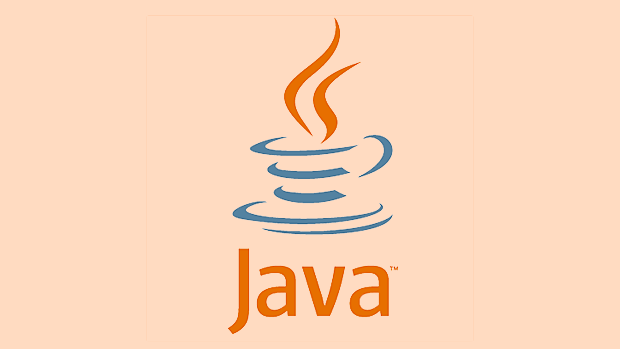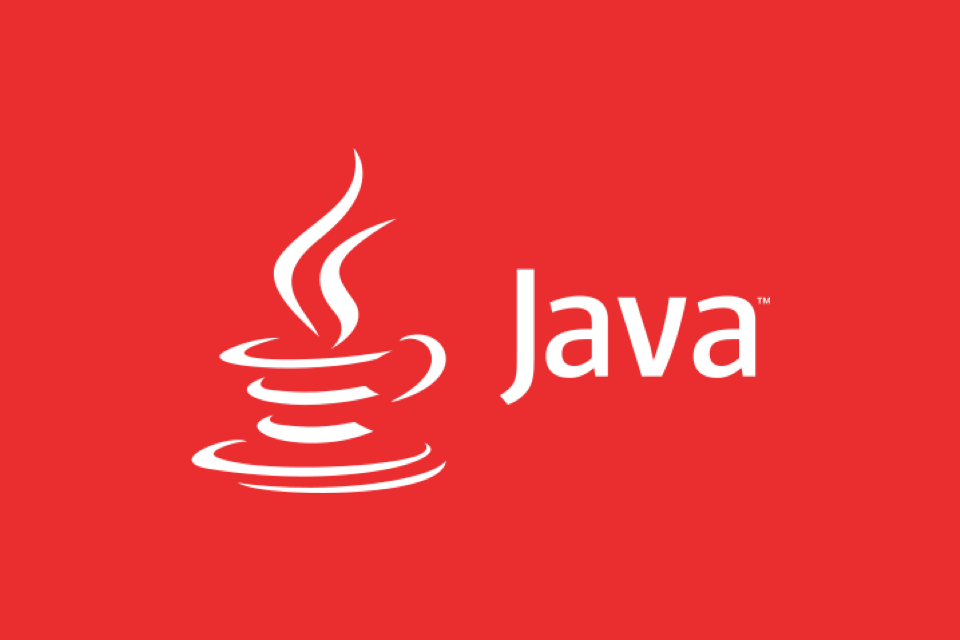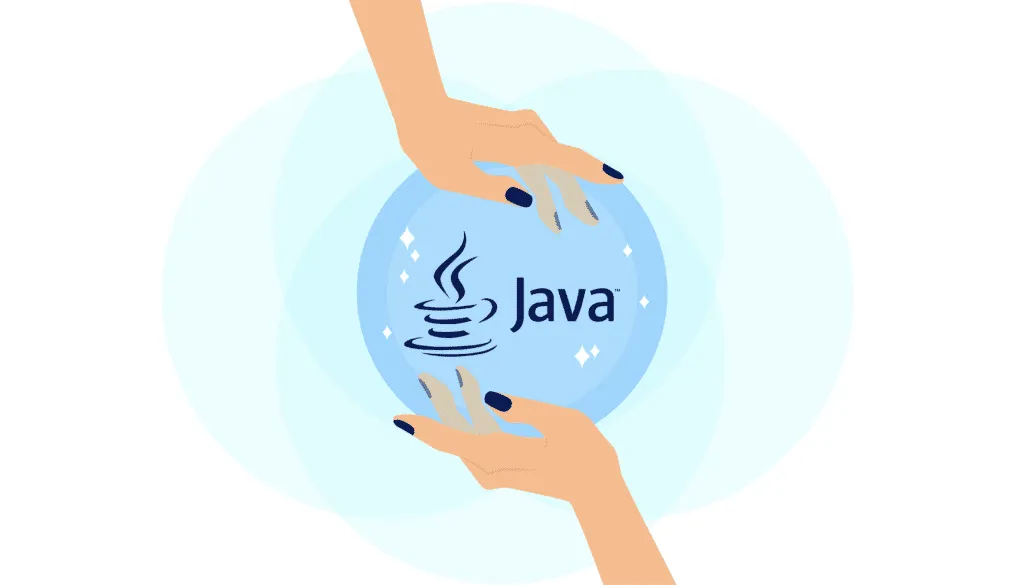Java Security Manager is a security component in the JVM that controls the permissions of your code. It defines the mapping of code source and permissions through the Policy file, checks sensitive operations at runtime, and throws a SecurityException if there is no authorization. Enabled to specify the policy file by adding the -Djava.security.manager and -Djava.security.policy parameters at startup. The policy file uses grant to define codeBase and its permissions. Common permissions include FilePermission, SocketPermission, RuntimePermission, and PropertyPermission. Applicable scenarios include running untrusted plug-ins, sandbox execution, and enterprise applications that require permission isolation. Pay attention to third-party libraries' dependency on permissions, risk of wildcard abuse, and security risks of AllPermission.

Java Security Manager is a mechanism in the Java platform for enhancing program security. It allows you to define fine-grained security policies that control what code can and cannot do. Although many frameworks and applications no longer enable Security Manager by default, it is still useful in certain scenarios (such as running untrusted code).

What is Java Security Manager?
Simply put, Security Manager is a component in the JVM. It checks whether the code has permission to perform certain sensitive operations at runtime, such as reading and writing files, establishing network connections, loading classes, etc. If there is no authorization, SecurityException will be thrown.

Its core is to define which code has what permissions through the Policy file . You can understand it as a "security guard" who is responsible for guarding your Java programs and preventing malicious or non-compliant operations from being executed.
How to enable Security Manager?
The way to enable Security Manager is simple, you only need to add two parameters when starting your Java application:

java -Djava.security.manager -Djava.security.policy=my.policy MyApp
in:
-
-Djava.security.managermeans to enable Security Manager. -
-Djava.security.policy=my.policyspecifies the policy file to use.
If you do not specify a policy file, the JVM uses the default security policy, which is usually very restrictive and may cause the program to not function properly.
How to write a Policy file?
Policy files are used to define the mapping relationship between code source and permissions. The format is roughly as follows:
grant codeBase "file:/path/to/myapp/-" {
permission java.io.FilePermission "/tmp/-", "read,write";
permission java.net.SocketPermission "*:1024-65535", "connect,resolve";
}; The above configuration means:
All code from /path/to/myapp/ directory can read and write files under /tmp , and can connect to ports 1024 to 65535 of any host.
Some common permission types include:
-
FilePermission: Controls file reading and writing -
SocketPermission: Control network connections -
RuntimePermission: Controls access to system resources, such as exiting the JVM -
PropertyPermission: Controls the reading and writing of system properties
When is Security Manager suitable?
Although Security Manager is not recommended for most modern application frameworks such as Spring Boot, it still works in the following scenarios:
- Run a plug-in or script submitted by the user (such as an online review system)
- Execute untrusted code in a sandbox environment (such as applets or modular plug-in systems)
- Enterprise-level applications that require fine control of permissions for different modules
It should be noted that Security Manager is only part of the Java security system and it cannot replace other security measures, such as code signatures, encrypted communications, etc.
Some things to pay attention to in small details
- If you are using third-party libraries, they may rely on certain system permissions, such as creating threads or accessing environment variables. If Security Manager does not release these permissions, the program will report an error.
- Policy files support wildcards, but do not abuse them, otherwise they may cause security vulnerabilities.
- Be especially careful when using
AllPermission, which is equivalent to giving a green light to a certain code and skipping all security checks.
Basically that's it. Security Manager is not complicated, but it is easy to ignore details. If you're just developing a normal app, you might not need it; but once permission isolation or sandboxing is involved, it's a tool worth knowing.
The above is the detailed content of Understanding the Java Security Manager. For more information, please follow other related articles on the PHP Chinese website!

Hot AI Tools

Undress AI Tool
Undress images for free

Undresser.AI Undress
AI-powered app for creating realistic nude photos

AI Clothes Remover
Online AI tool for removing clothes from photos.

Clothoff.io
AI clothes remover

Video Face Swap
Swap faces in any video effortlessly with our completely free AI face swap tool!

Hot Article

Hot Tools

Notepad++7.3.1
Easy-to-use and free code editor

SublimeText3 Chinese version
Chinese version, very easy to use

Zend Studio 13.0.1
Powerful PHP integrated development environment

Dreamweaver CS6
Visual web development tools

SublimeText3 Mac version
God-level code editing software (SublimeText3)

Hot Topics
 Difference between HashMap and Hashtable?
Jun 24, 2025 pm 09:41 PM
Difference between HashMap and Hashtable?
Jun 24, 2025 pm 09:41 PM
The difference between HashMap and Hashtable is mainly reflected in thread safety, null value support and performance. 1. In terms of thread safety, Hashtable is thread-safe, and its methods are mostly synchronous methods, while HashMap does not perform synchronization processing, which is not thread-safe; 2. In terms of null value support, HashMap allows one null key and multiple null values, while Hashtable does not allow null keys or values, otherwise a NullPointerException will be thrown; 3. In terms of performance, HashMap is more efficient because there is no synchronization mechanism, and Hashtable has a low locking performance for each operation. It is recommended to use ConcurrentHashMap instead.
 What are static methods in interfaces?
Jun 24, 2025 pm 10:57 PM
What are static methods in interfaces?
Jun 24, 2025 pm 10:57 PM
StaticmethodsininterfaceswereintroducedinJava8toallowutilityfunctionswithintheinterfaceitself.BeforeJava8,suchfunctionsrequiredseparatehelperclasses,leadingtodisorganizedcode.Now,staticmethodsprovidethreekeybenefits:1)theyenableutilitymethodsdirectly
 How does JIT compiler optimize code?
Jun 24, 2025 pm 10:45 PM
How does JIT compiler optimize code?
Jun 24, 2025 pm 10:45 PM
The JIT compiler optimizes code through four methods: method inline, hot spot detection and compilation, type speculation and devirtualization, and redundant operation elimination. 1. Method inline reduces call overhead and inserts frequently called small methods directly into the call; 2. Hot spot detection and high-frequency code execution and centrally optimize it to save resources; 3. Type speculation collects runtime type information to achieve devirtualization calls, improving efficiency; 4. Redundant operations eliminate useless calculations and inspections based on operational data deletion, enhancing performance.
 What is an instance initializer block?
Jun 25, 2025 pm 12:21 PM
What is an instance initializer block?
Jun 25, 2025 pm 12:21 PM
Instance initialization blocks are used in Java to run initialization logic when creating objects, which are executed before the constructor. It is suitable for scenarios where multiple constructors share initialization code, complex field initialization, or anonymous class initialization scenarios. Unlike static initialization blocks, it is executed every time it is instantiated, while static initialization blocks only run once when the class is loaded.
 What is the Factory pattern?
Jun 24, 2025 pm 11:29 PM
What is the Factory pattern?
Jun 24, 2025 pm 11:29 PM
Factory mode is used to encapsulate object creation logic, making the code more flexible, easy to maintain, and loosely coupled. The core answer is: by centrally managing object creation logic, hiding implementation details, and supporting the creation of multiple related objects. The specific description is as follows: the factory mode handes object creation to a special factory class or method for processing, avoiding the use of newClass() directly; it is suitable for scenarios where multiple types of related objects are created, creation logic may change, and implementation details need to be hidden; for example, in the payment processor, Stripe, PayPal and other instances are created through factories; its implementation includes the object returned by the factory class based on input parameters, and all objects realize a common interface; common variants include simple factories, factory methods and abstract factories, which are suitable for different complexities.
 What is the `final` keyword for variables?
Jun 24, 2025 pm 07:29 PM
What is the `final` keyword for variables?
Jun 24, 2025 pm 07:29 PM
InJava,thefinalkeywordpreventsavariable’svaluefrombeingchangedafterassignment,butitsbehaviordiffersforprimitivesandobjectreferences.Forprimitivevariables,finalmakesthevalueconstant,asinfinalintMAX_SPEED=100;wherereassignmentcausesanerror.Forobjectref
 What is type casting?
Jun 24, 2025 pm 11:09 PM
What is type casting?
Jun 24, 2025 pm 11:09 PM
There are two types of conversion: implicit and explicit. 1. Implicit conversion occurs automatically, such as converting int to double; 2. Explicit conversion requires manual operation, such as using (int)myDouble. A case where type conversion is required includes processing user input, mathematical operations, or passing different types of values ??between functions. Issues that need to be noted are: turning floating-point numbers into integers will truncate the fractional part, turning large types into small types may lead to data loss, and some languages ??do not allow direct conversion of specific types. A proper understanding of language conversion rules helps avoid errors.
 Why do we need wrapper classes?
Jun 28, 2025 am 01:01 AM
Why do we need wrapper classes?
Jun 28, 2025 am 01:01 AM
Java uses wrapper classes because basic data types cannot directly participate in object-oriented operations, and object forms are often required in actual needs; 1. Collection classes can only store objects, such as Lists use automatic boxing to store numerical values; 2. Generics do not support basic types, and packaging classes must be used as type parameters; 3. Packaging classes can represent null values ??to distinguish unset or missing data; 4. Packaging classes provide practical methods such as string conversion to facilitate data parsing and processing, so in scenarios where these characteristics are needed, packaging classes are indispensable.






